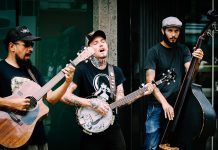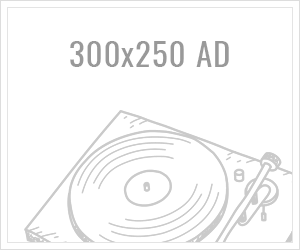The biker lifestyle in the US symbolizes a paradoxical fusion of individualism and collective identity, rooted in mid-20th century transformations. Evolving from wartime machinery to cultural icons, steel horses transformed into symbols of liberation, bearing simultaneously rebellious ethos alongside corporate commodification[5][10][17].
## Origins and Early Development https://usabikers.net/
### Post-War Origins
The modern biker identity took shape during the reintegration challenges faced by demobilized soldiers. Servicemen accustomed to the camaraderie of unit life pursued new fraternal organizations, resulting in pioneering clubs including veteran-led motorcycle brotherhoods[5][13][17]. Harley-Davidson and Indian motorcycles, that saw military service, evolved from war machines to cultural symbols, nurturing brand loyalty that persists today[5][11].
The notorious “American Motorcycle Association riot” thrust motorcycle clubs into national consciousness, as 4,000 riders descended upon the small California town, culminating with urban chaos and police intervention. This episode cemented the outlaw biker stereotype within media narratives, despite the majority constituting AMA-sanctioned competitors[10][13][17].
## Major Motorcycle Organizations
### Rebels and Regulators
Established in 1924 originally functioned as the governing body for organized motorcycle sports. Yet, its early exclusionary policies—prohibiting non-white participants for decades—ignited the creation of alternative groups that rejected traditional hierarchies[11][13].
Four dominant outlaw clubs evolved into central figures in this counterculture:
1. Founded 1948 in California[2][3][10]
2. “God Forgives, Outlaws Don’t” adherents[3][10][13]
3. East Coast secretive brotherhood[8][10]
4. 1966 Houston foundation[3][10]
These collectives function via strict hierarchical structures including titled leadership roles, with clubhouses often serving as fortified community centers[10][13]. Despite media portrayals of lawlessness, many chapters participate actively in community support programs like toy runs and disaster relief[8][10][15].
## Societal Influence and Transformation
### From Silver Screen to Fashion Runways
The motorcycle rider image permeates American popular culture, ranging from Hollywood’s rebellious archetype in *The Wild One* to modern reality TV franchises. This cultural permeation appears through:
– Fashion trends: Leather jackets, bandanas, and riding boots marketed through retailers such as [4][12][4][12]
– Musical influences: Cross-genre musical connections adopting biker aesthetics
– Written narratives: Hunter S. Thompson’s *Hell’s Angels*[1][6]
Recent sociological analyses emphasize the inherent contradiction within motorcycle communities: both rejecting mainstream values while being deeply corporatized via corporate sponsorships of major rallies[1][7][12].
## Contemporary Landscape and Challenges
### Riding Through 2025
Annual rider gatherings remains fundamental to US motorcycling tradition, with this year’s premier events such as:
– The 84th annual coastal gathering[7][15]
– Sturgis Motorcycle Rally (South Dakota)[7][15]
– Arizona Bike Week (Scottsdale)[7]
Developing phenomena reshape the community:
– Growing women’s involvement via organizations such as [2][8]
– Digital adaptation through GPS-guided rides and social media communities[7][15]
– Environmental consciousness promoting sustainable riding practices[15][17]
Regulatory controversies persist, particularly regarding:
– Gang-related criminal activity and law enforcement strategies[10][13][17]
– Ethical corporate partnerships amid gambling industry ties[8][17]
– Cultural appropriation concerns regarding co-optation of rider aesthetics[4][12]
## Conclusion
US motorcycle society stands at a historical crossroads, balancing its rebellious origins against 21st-century commercialization. While contemporary riders embrace electric motorcycles and digital communities, the core ethos regarding liberty and camaraderie endures—now expressed through diverse demographics and evolving social norms. The road ahead will likely see increased regulatory scrutiny coupled with ongoing societal impact, ensuring the perpetual role of two-wheeled culture in America’s social fabric[5][10][17].












